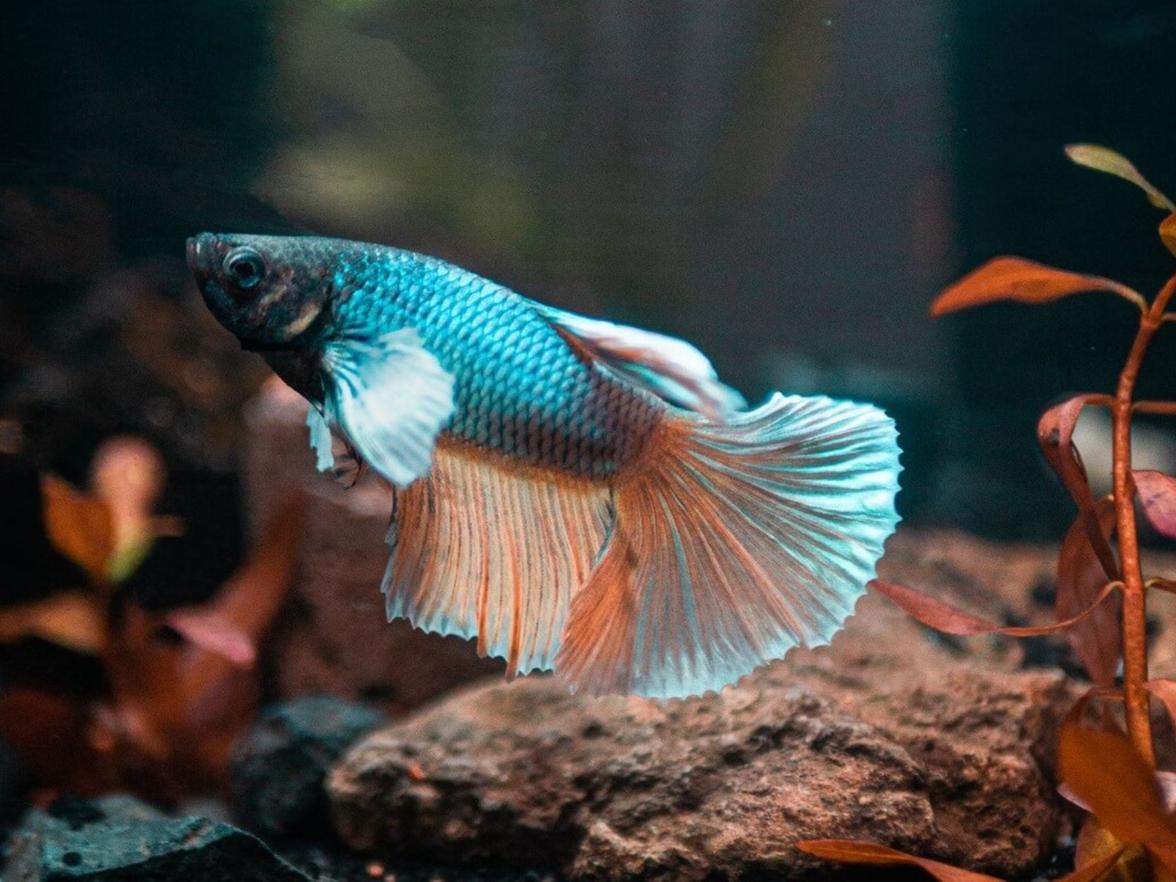Betta splendens – basic information for breeding
🏞️ Origin and Natural Habitat of Betta Fish
The Betta fish originates from Southeast Asia, specifically Thailand, Cambodia, and Laos, where it inhabits slow-moving or stagnant waters, such as rice paddies and shallow ponds. Thanks to a special labyrinth organ, it can breathe atmospheric oxygen, allowing it to survive in environments with low oxygen levels.
🏠 Suitable Aquarium
- Volume: At least 20–30 liters for one male.
- Shape: A rectangular or square aquarium is more suitable than the often-used round containers, which can stress the fish.
- Cover: It is recommended to cover the aquarium to prevent the fish from jumping out and to maintain a stable air temperature above the water surface.
- Filtration: Mild filtration is appropriate; a strong water current could stress the Betta.
- Heater: Maintain the water temperature between 24–28 °C.
- Lighting: Moderate lighting will enhance the fish's colors and help reduce their shyness.
🌿 Aquarium Equipment for Bettas
- Substrate: Fine sand or gravel.
- Plants: A densely planted aquarium with live plants will provide hiding spots and improve water quality.
- Hiding spots: Roots, stones, and other shelters are welcome; avoid sharp objects that could damage the Betta's fins.
🧼 Aquarium Maintenance
- Water change: Regularly change 25–30% of the water weekly.
- Cleaning: Remove algae and debris from the glass and decorations.
🍽️ Suitable Feeding for Betta Fish
The Betta is a carnivore. Suitable food includes:
- Pellets and flakes: Specifically designed for Bettas, with a high content of animal protein.
- Frozen or live food: Such as mosquito larvae, daphnia, or brine shrimp.
Feeding frequency: Feed 1–2 times a day in small amounts; remove excess food to prevent water pollution.
👥 Behavior and Co-habitation of Bettas
- Males: Highly territorial; never keep two males in one aquarium.
- Females: Less aggressive; can be kept in a harem (1 male to 2–3 females) in a larger and densely planted aquarium.
- Community aquarium: Betta fish can be kept with non-aggressive species of fish, such as rasboras, neon tetras, or corydoras. Avoid fish with long fins or aggressive species that could stress the Betta or nip at its fins.
🐣 Breeding Betta Fish
The male builds a bubble nest at the water's surface. After spawning, the male transfers the fertilized eggs to the nest and cares for them until the fry hatch. After hatching, it is advisable to separate the young males to prevent cannibalism.

